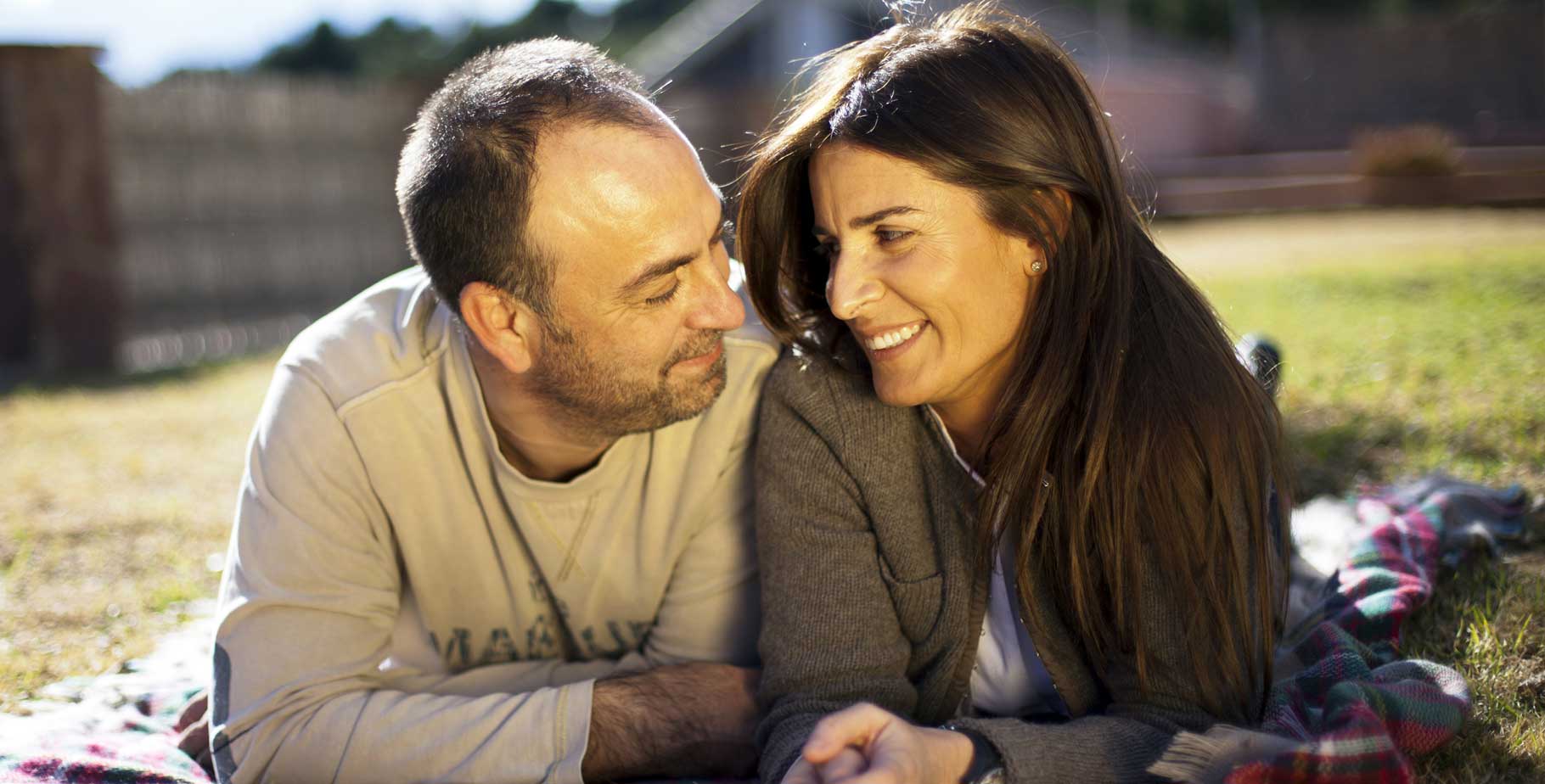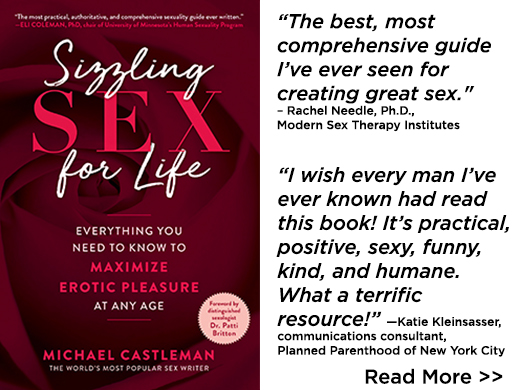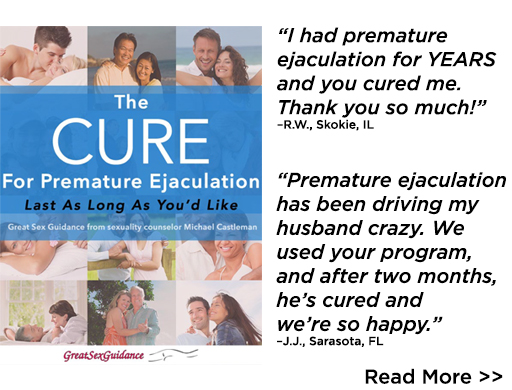
Since the 1980s, the proportion of celibate young adults has almost tripled.
In 2012 when the Tinder app debuted, it made young adult hook-ups so easy that journalists from the New York Times to Vanity Fair breathlessly wondered if any18-to-30-year-olds didn’t get laid several times a week. But despite Tinder and other hook-up apps, compared with their parents’ and grandparents’ generations, today’s young adults have less partner sex and they’re considerably more likely to have none at all.
This unexpected finding comes from 30-year tracking of the General Social Survey (GSS), since 1972 an ongoing project of the University of Chicago’s National Opinion Research Center. The GSS ranks among the nation’s oldest, largest, most ambitious, and most respected social science studies. Conducted during even-numbered years, it probes the lives, attitudes, values, and behavior of representative samples of Americans in all demographics. Sociologists generally consider it the gold standard of survey research.
In its most recent iteration, the GSS reports that 28 percent of young adult men and 20 percent of young adult women had no sex during the year leading up to being surveyed. Why?
America Before The Sexual Revolution
Until the 1960s, the large majority of Americans subscribed to the belief that sex belonged only in marriage for purposes of procreation or cementing the bonds of holy wedlock. Recreational sex, doing it just for fun, was frowned on by social liberals and demonized by social conservatives.
Of course, with the benefits of hindsight, we know that Americans were never as sexually restrained as 1950s mythology made them appear. Alfred Kinsey’s surveys in the late 1940s and early 1950s showed that:
- Most Americans 75 years ago were not virgins on their wedding nights.
- Though largely invisible at the time, lesbians and gay men were everywhere.
- Almost all communities had sex workers.
- And pornography quietly circulated among private collectors.
In addition, modern swinging developed during World War II in the Army Air Force and by the 1950s had spread throughout the armed forces and to many communities surrounding military bases.
But these developments were not well known. The media generally portrayed America as a land of Leave It To Beaver families—dad, mom, and the kids. When the Dick Van Dyke television show premiered in 1961, Van Dyke and his TV wife, Mary Tyler Moore, slept in twin beds. That era’s sensibilities were so chaste that on TV not even married couples could share a bed.
Why Don’t We Do It in the Road?
By the time the Beatles’ White Album featured the track, “Why Don’t We Do It in the Road?” the so-called Sexual Revolution was in full swing. It was not so much a revolution in Americans’ behavior as it was a change in the visibility of sex and expressed attitudes about it. Several cultural elements contributed to it:
- Birth control pills debuted in the early 1960s, reliably separating sex from procreation, and encouraging casual sex.
- Playboy and other “girlie” magazines brought female nudity to U.S. newsstands.
- The U.S. Supreme Court legalized pornography in
- Unmarried cohabitation gained popularity.
- The Women’s Movement challenged gender roles.
- The Gay Liberation Movement demonstrated that around 10 percent of the population was not exclusively heterosexual.
- And all this happened as the post-World War II Baby Boom generation came of age, and in the words of Motown’s Marvin Gaye, “got it on.”
- Finally, in 1973, the U.S. Supreme Court legalized pornography.
Young Adults Are Having Less Partner Sex
The GSS asks how many sexual partners survey participants 18 and older have had during the previous year. Here are the proportion of young adults saying none:
- 1992: 10 percent.
- 2008: 15 percent
- 2018: 28 percent of young men, 20 percent of young women
There’s no evidence that the current generation is any less horny than their predecessors, so how could this be? Researchers aren’t entirely sure, but they’ve advanced several explanations:
- Partnering later in life. The myth is that singles have more sex than “old married couples.” Actually, couples have more sex. According to the Census Bureau, the average age of marriage has increased from 20 in 1960 to 27 today. Later coupling means that young adults have less sex.
- Living with parents longer. I’m 69. I went to college in 1968 and never lived with my parents again. No one I knew moved back into their parents’ homes after college. Today, one-third of age 18 to 34 live with their parents, making it awkward for them to host overnight guests.
- Labor force participation has fallen. The proportion of full-time employed young adults, particularly young men, fell precipitously during the financial crisis that began in 2008. Job growth has increased since, but compared with previous generations, today’s young adults are less likely to work full-time. Compared with those employed full-time, the unemployed and under-employed are less likely to have romantic partners.
All Americans Are Having Less Partner Sex
While celibacy has increased most among young adults, the GSS also shows less sex for American adults of all ages. In 1989, almost half of Americans reported partner sex weekly. Today, it’s 39 percent. Again, it’s not entirely clear why, but possible explanations include:
- An aging population. In 1950, Americans’ median age was 30. Today, it’s a record-high 38. As age rises, sexual frequency typically declines.
- More time spent at work and commuting. Since World War II, full-time employment meant working 40 hours a week. That’s still largely the case. However, according to the U.S. Bureau of Labor Statistics, the proportion of Americans working very long hours—49 or more per week—has increased from 13 percent in 1976 to almost 20 percent today. In addition, increasing numbers of Americans must commute one to two hours a day, extending their 40-hour work weeks to 50 to 55 hours a week. Longer hours and commutes mean getting home more tired—and having less sexual energy.
- More anxiety. Anxiety is a reaction to perceived change. Today, things change so quickly that anxiety has become epidemic. The Centers for Disease Control and Prevention estimate that a record one-third of Americans experience serious anxiety at some point in life. Anxiety is a sex-killer.
Of course, plenty of Americans continue to enjoy partner sex frequently. But the trend is clear. As a nation, we’re having less sex.
What do you think of this?




